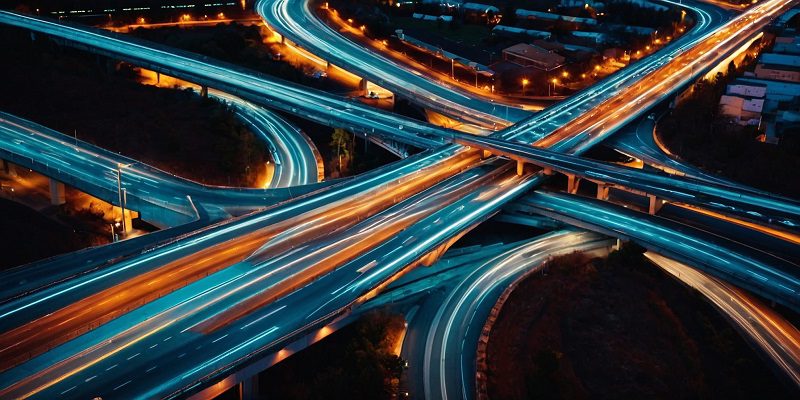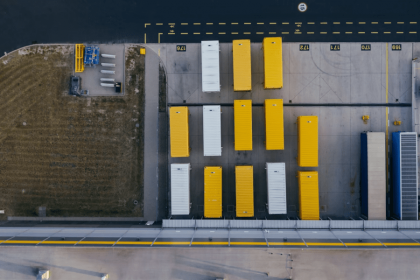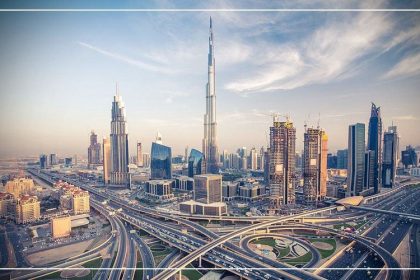Driven by the need for efficiency, sustainability, and safety. The convergence of roads and data is revolutionizing how we move people and goods from one place to another. From autonomous vehicles to smart infrastructure, here are 10 trends reshaping transportation technology.
Rise of Autonomous Vehicles
Autonomous vehicles, once a distant dream, are now a reality. Companies like Tesla, Google, and Uber are leading the charge in developing self-driving cars that promise to make roads safer and transportation more efficient. These vehicles use a combination of sensors, cameras, and artificial intelligence to navigate roads without human intervention.
Electrification of Transportation
With the growing concern over climate change, there has been a significant push towards electrifying transportation. Electric vehicles (EVs) are becoming increasingly popular, offering zero-emission alternatives to traditional gasoline-powered cars. As battery technology continues to improve, EVs are becoming more affordable and practical for everyday use.
Smart Infrastructure
The concept of smart cities is gaining traction, and with it comes smart infrastructure. From intelligent traffic lights to connected roadways, these technologies are designed to optimize traffic flow, reduce congestion, and improve safety. By harnessing the power of data, cities can better manage their transportation networks and provide a more seamless experience for commuters.
Hyperloop Transportation
Imagine traveling from one city to another at speeds exceeding 700 miles per hour. That’s the promise of hyperloop transportation, a revolutionary concept that uses magnetic levitation and low-pressure tubes to propel passengers at incredible speeds. Companies like Virgin Hyperloop are already testing prototypes of this futuristic mode of transportation.
Mobility as a Service (MaaS)
Mobility as a Service (MaaS) is transforming the way we think about transportation. Instead of owning a car, users can access various modes of transportation, such as ridesharing, bike-sharing, and public transit, through a single platform. This integrated approach to mobility offers greater flexibility and convenience while reducing the need for private car ownership.
Drone Delivery
Delivery drones are no longer just a novelty; they’re quickly becoming a practical solution for last-mile delivery. Companies like Amazon and UPS are experimenting with drone technology to deliver packages faster and more efficiently. With advancements in battery life and navigation systems, drone delivery has the potential to revolutionize logistics.
Augmented Reality Navigation
Navigating unfamiliar roads can be challenging, but augmented reality (AR) is making it easier. AR navigation systems overlay digital information onto the real world, providing drivers with real-time guidance and information about their surroundings. Additionally, this technology enhances safety and convenience by helping drivers stay focused on the road.
Vehicle-to-Everything (V2X) Communication
Vehicle-to-Everything (V2X) communication enables vehicles to communicate with each other and with the surrounding infrastructure. This technology allows for real-time data sharing, enabling vehicles to anticipate traffic conditions, avoid accidents, and optimize their routes. V2X has the potential to revolutionize transportation safety and efficiency.
3D Printing in Transportation
3D printing is revolutionizing manufacturing across industries, and transportation is no exception. From car parts to airplane components, 3D printing enables the rapid prototyping and production of complex shapes and structures. This technology streamlines the manufacturing process, reduces waste, and allows for greater customization.
Blockchain in Supply Chain Management
Blockchain technology is poised to disrupt supply chain management in transportation. By creating a transparent and tamper-proof ledger of transactions, blockchain enables greater traceability and accountability in the movement of goods. In addition, this can help reduce fraud, improve efficiency, and ensure the integrity of the supply chain.
Conclusion
The convergence of roads and data is reshaping transportation technology in profound ways. From autonomous vehicles to smart infrastructure, these trends are revolutionizing how we move people and goods from one place to another. By embracing these innovations, Thus, we can create a safer, more efficient, and more sustainable transportation system for the future.








